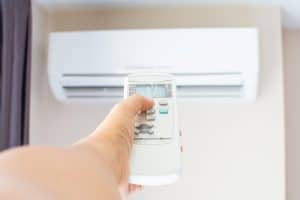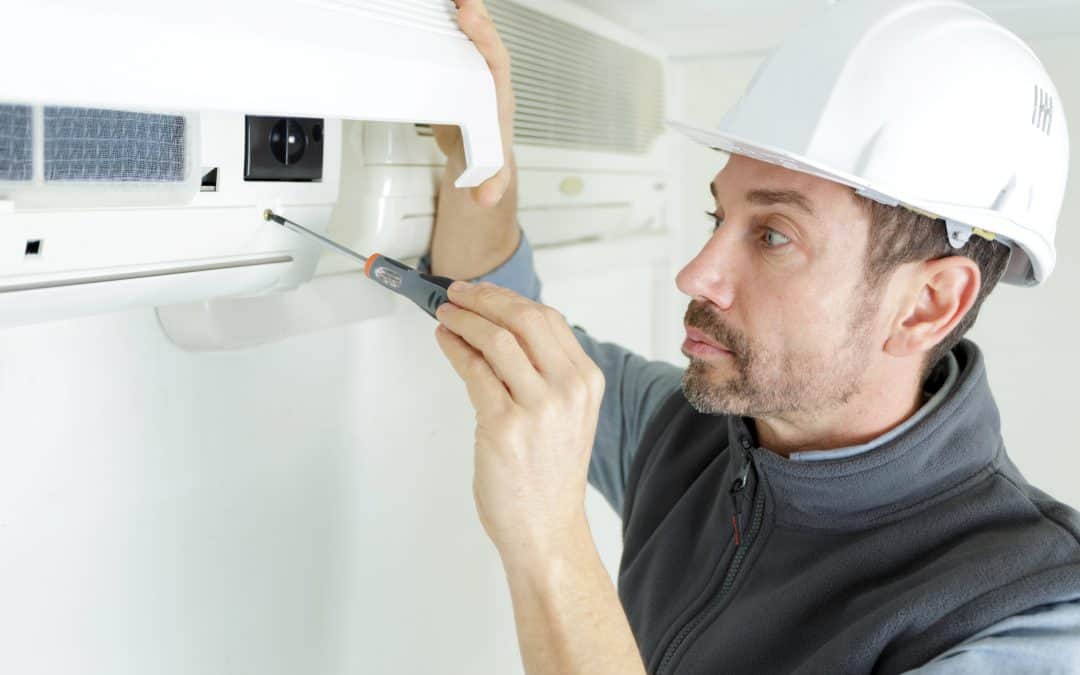Low-quality air can have significant effects on human health; this is why you need to know condition of the air inside your home and improve your home’s air quality. Poor indoor air has been linked to health challenges such as lung diseases, insomnia, allergies, asthma, and the like.
Maybe you have not really been aware of your home’s air quality. You can purchase an air quality testing kit that will give you information to start with. If you confirm poor air quality in your home, the next step is to look for ways to improve the air. Here are some tips that help you improve the quality of air in your home.
- Ensure Proper Ventilation
Your ventilation and airflow affect the air quality in your house. Whether you make use of ventilators, air conditioners, or fans, it is still vital for you to allow in fresh air from time to time. Building codes now require very ‘air tight’ homes for efficiency, so circulating and introduction fresh air is needed.
Once in a while, open your doors and windows so the stagnant or recycled air can be let out and fresh air in. This would work if you live in a city with relatively clean air. However, even in highly industrialized areas, you still need to let fresh air in and recycled air out. In that case, you need to install an air filter or purifier to filter the air entering your home.

- Clean Your AC’s Filter
Air conditioners (AC) and ventilators work round the clock, filtering and recycling the air in the house while maintaining the temperature. In the process, the filters in those devices get filled up with dirt and air pollutants. This would affect the air quality of your home because, at a certain point, the AC and ventilators would start releasing dirt into the air in your home. To prevent this, you need to clean your AC filter regularly to get rid of dirt and air pollutants in it. You might need to change your air filter if the one you have is beyond redemption. Click here to see examples of high-quality air filters.
- Keep Everything Clean
Dusty fabrics such as curtains, old clothes, bedding, and the like harbor dirt, dust, and dust mites. The same goes for rugs, carpets, beds, and sofas. This is why it is essential to do a general cleaning of your home periodically.
When your clothing and home items remain dusty for long, the dust can mix with the air and reduce the quality of air in your home. Vacuum clean your house, sweep every nook and cranny, and dust all unused items to help improve the air quality in your house.
- Check Your Air Ducts
Air ducts are responsible for maintaining the airflow and temperature in the house. If your home’s air ducts have not been cleaned out in a long while or the ducts were not installed properly, it can affect your home’s air quality.
This can be the case if your air ducts are filled with dust, particles, and mold. As the air ducts are trying to maintain airflow within the home, they would end up distributing contaminants as well.
For this reason, you might want to consider hiring a professional to clean your air ducts or install them properly. Or at least have them inspected. This will improve the quality of air in your home.
- Grow Plants Within Your Home
Plants are natural filters that improve air quality in your home. They remove air contaminants and toxins while providing oxygen. In addition, they beautify the home.
Some great plants for improving air quality in your home are Barberton daisy, English ivy, chrysanthemum, spider plant, and aloe vera, to mention a few. If you have trees around your home, they will serve as windbreakers while providing oxygen for you.
- Make Use of Beeswax Candles
Need natural air purifiers? Since air contaminants carry positive ions, try beeswax candles. When they burn they release negative ions that suck up contaminants such as dirt, dust, pollen, etc.
Asides from sucking up pollutants, beeswax candles smell good. This means that purifying your home by using a beeswax candle is a win-win situation.
- Try Using Salt Lamps
Lighting up a mass of Himalayan salt releases negative ions into the atmosphere. Burning Himalayan salt lamp can trigger the emission of negative ions to suck positively charged particles and contaminants that are creating low air quality in your home. There are conflicting views on the effectiveness of these lamps, but you may want to give it a try!
- Make Use of Activated Charcoal
Activated charcoal is usually in a dark powdery form. The use of activated charcoal is a safe way of purifying your home’s air. It absorbs contaminants such as dust particles, pet hair, dirt, particles, and even unpleasant odors.
You can buy a small pack of activated charcoal and insert it in your air filter or purification device. The air contaminants are absorbed by the activated charcoal-enhanced air filter or purifier and leave your home with clean air.
Takeaways
Improving your home’s air quality is crucial to maintaining overall wellbeing. By making use of the tips summarized in this article, you can improve the quality of air in your home, breathe easily, knowing you are breathing in clean air.

Recent Comments